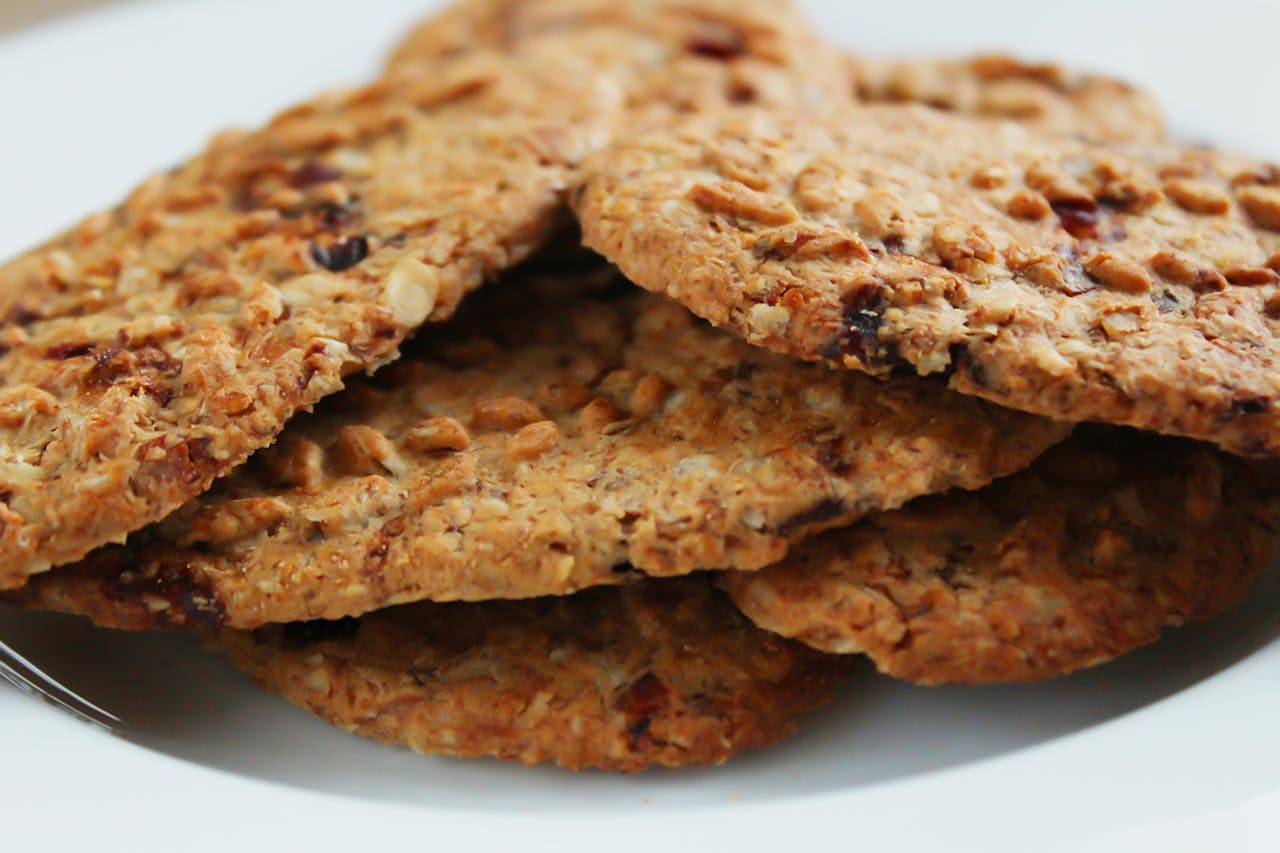Incorporating fiber into sugar-free baked goods and desserts can enhance their nutritional value help with blood sugar levels, and improve texture. Here are several types of fiber you can use:
1. **Psyllium Husk**: This soluble fiber helps improve the texture of baked goods and provides a binding effect. It can also aid in digestion.
2. **Ground Flaxseed**: Flaxseed is rich in both soluble and insoluble fiber, adding a nutty flavor and moisture to your recipes. It can also serve as an egg substitute when mixed with water.
3. **Chia Seeds**: These seeds are high in fiber and can absorb liquid to create a gel-like consistency, which can help bind ingredients together and add moisture.
4. **Oat Fiber**: Made from the husk of oats, oat fiber is low in calories and carbs while being high in fiber, making it a great addition to baked goods.
5. **Coconut Flour**: Although primarily used as a flour substitute, coconut flour is also high in fiber. It absorbs a lot of moisture, so adjustments to liquid ingredients may be necessary.
6. **Inulin**: This prebiotic fiber is derived from chicory root and can add sweetness while providing a fiber boost. It can help improve texture in baked goods.
7. **Almond Meal or Flour**: Besides being lower in carbs, almond flour contains fiber, making it a good choice for adding texture and nutrition to baked goods.
8. **Vegetable Purees**: Ingredients like pumpkin or zucchini can add moisture and fiber to desserts, enhancing both flavor and nutritional content.
9. **Hemp Seeds**: These seeds are not only high in protein but also contain a good amount of fiber, making them a nutritious addition to baked goods.
By using these fiber sources, you can create delicious, sugar-free baked goods that are both satisfying and nutritious.

